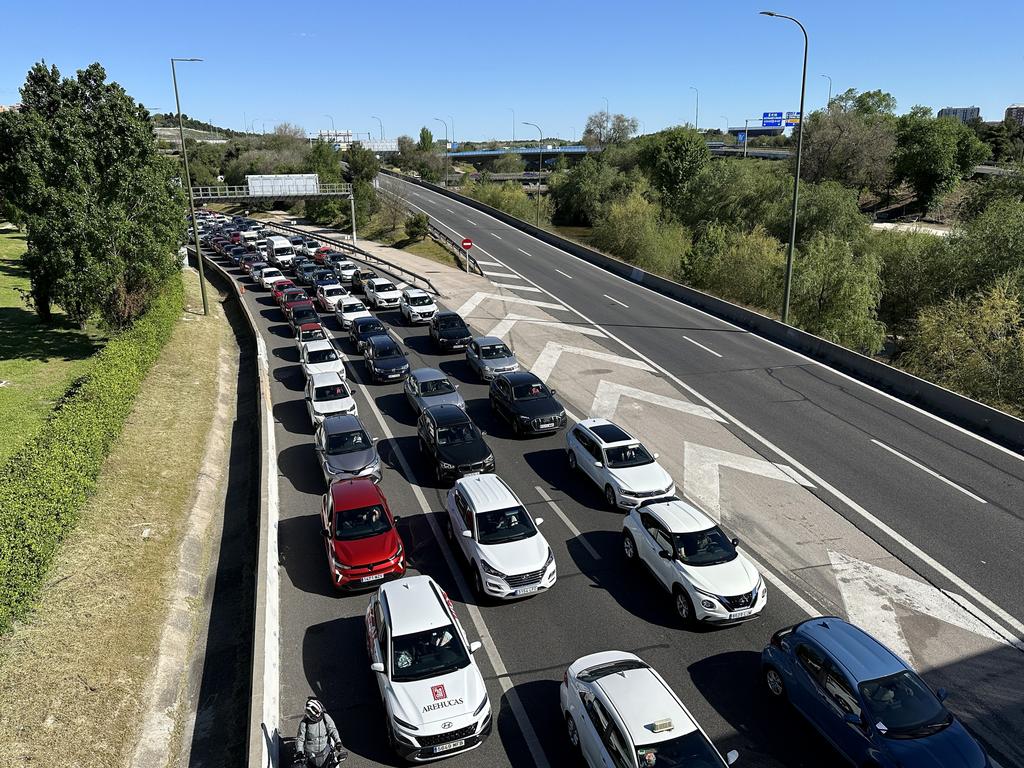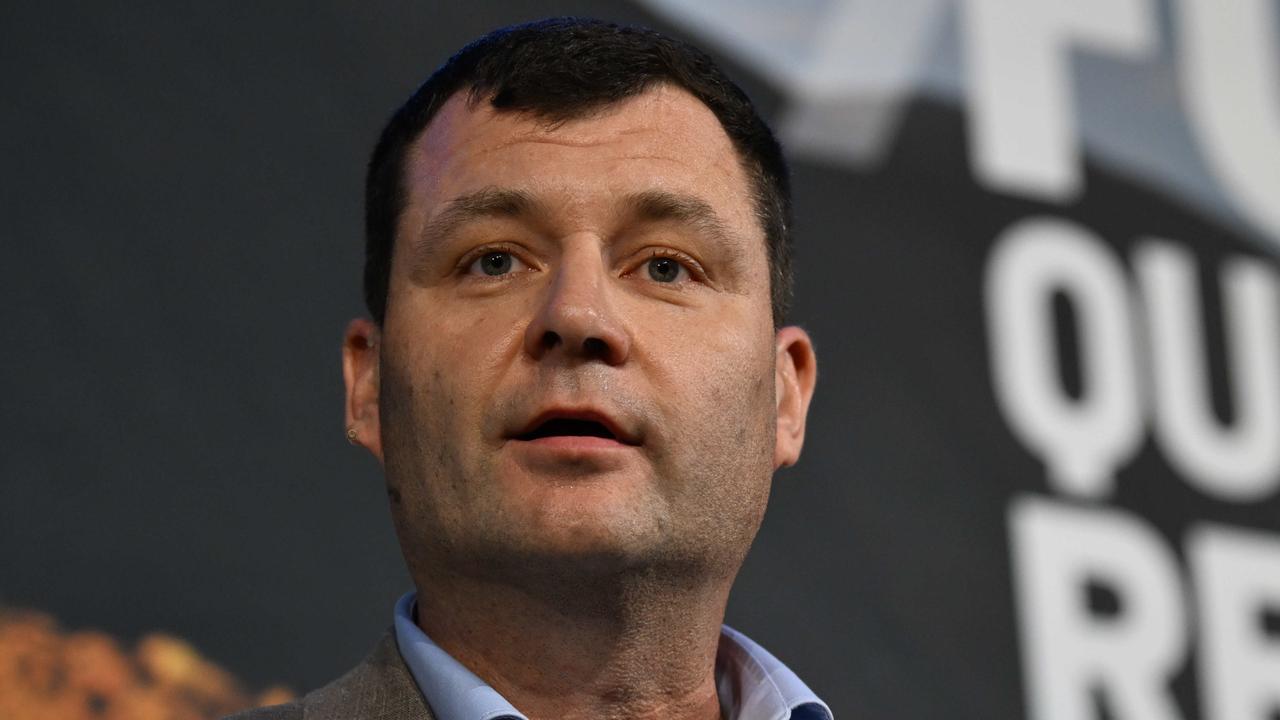Opinion: Everything else to blame when renewables fail
Every time a renewable-energy-dominated grid fails, those obsessed with solar and wind energy find another excuse, writes Matt Canavan. VOTE IN OUR POLL

Opinion
Don't miss out on the headlines from Opinion. Followed categories will be added to My News.
If only I knew people in the renewable energy industry when I was at school. I would have had an endless list of excuses for not doing my homework.
Every time a renewable-energy-dominated grid fails, those obsessed with solar and wind energy find another excuse.
This week saw the dramatic shutdown of all electricity in Spain (and later Portugal). At the time of the largest blackout in living memory, Spain was getting 77 per cent of its electricity from solar and wind sources.
The electricity had not even been restored before the excuses began flying. First, we were told it could be a cyber-attack. Then we were told that it was due to an “atmospheric event”. It was a strange cosmic phenomenon because it seemed to adhere to the Treaty of Westphalia and only attack a country within its national boundaries.
More likely the simple explanation is the correct one. Solar and wind power cannot provide the stability to an electricity grid that coal, gas, nuclear and hydro plants do. Just in February this year, Spain’s grid operator, Red Eléctrica, said that “the high penetration of renewable generation ... can cause power generation outages, which could be severe in some cases”.
Spain has had a very severe blackout. Early reports indicate that at least five people have died (including someone whose oxygen machine tragically could not work with no power). Others were trapped in lifts. Spain’s last remaining aluminium smelter (its other two had shut in 2019 due to high power prices) had its potlines freeze due to the lack of electricity. The smelter may never reopen and 400 jobs could be lost.
Spain’s blackout has all the hallmarks of South Australia’s blackout in 2016, which was caused by an over-reliance on wind power. Afterwards I attended a meeting of all Energy and Resources Ministers in Australia. The then head of the energy market operator explained that the lights above us were flicking on and off constantly. You just can’t see it with your naked eye.
I reckon many of the ministers and senior officials were learning about the concept of frequency for the first time. Our electricity grid, like Spain’s, runs on an alternating current of 50 hertz. If the electricity is not produced, almost exactly at this frequency, electrical equipment will malfunction.
The massive steel turbines of coal, gas, nuclear and hydroelectricity plants naturally provide inertia. So that when a shock hits the grid that increases or decreases frequency, the turbines can change their speed and almost instantly self-correct to protect electrical equipment.
Solar and wind can not do this because solar produces direct current electricity and wind spins at whatever the weather lets it. This is why an electricity grid that is dominated by wind and solar electricity is inherently unstable and we will likely get Spain-type blackouts if we do not end our obsession with unreliable renewable energy sources.
Unfortunately, under the Labor Party, Australia is on the Spanish path. Spain has set a target of generating 81 per cent of their electricity with renewable energy by 2030. The Australian Labor Party plans that Australia get 82 per cent of its electricity from renewable energy by 2030. If we have econony-wide blackouts the 14,000 jobs in Australian aluminium would be at risk, along with jobs in other industries.

Just weeks ago Spain was being held up as the poster child for the renewable energy industry.
A fortnight before the blackout the website pv-magazine ran a story headlined that “Spain hits first weekday of 100% renewable power on national grid.” A week before that the CEO of Acciona said that “Well-managed grids can integrate high shares of renewables, even with limited interconnections – Spain is a clear example of that.”
These solar and wind boosters now look like fools. It is about time we stop listening to self-interested people who invest in renewable energy by day and moonlight as “independent” energy advisers at night. Acciona is also a renewable energy player in Australia.
Until this week, the Spanish government had also been planning to shut down all its nuclear plants by 2035, a decision it will probably need to reconsider now.
Australia still has the opportunity to avoid the electricity variant of the Spanish flu. This weekend at the election there is a clear choice between a Labor party that is rushing headlong into the dark by remaining obsessed with a renewable electricity plan that has already failed to bring down prices like they said it would. Labor has even given up promising that renewables will lower your power bills.
In contrast, the Liberal National Party will restore common sense energy policies. We will make sure that we have more gas for the use of Australians and build nuclear power plants to secure our grid. We should not need to find excuses for energy failure in Australia as long as we use all of our energy resources to keep the lights on and prices down.
Matt Canavan is an LNP senator for Queensland
More Coverage
Originally published as Opinion: Everything else to blame when renewables fail









